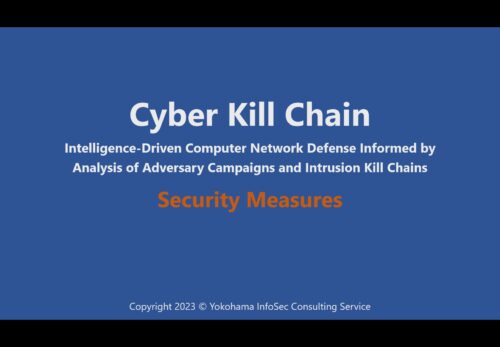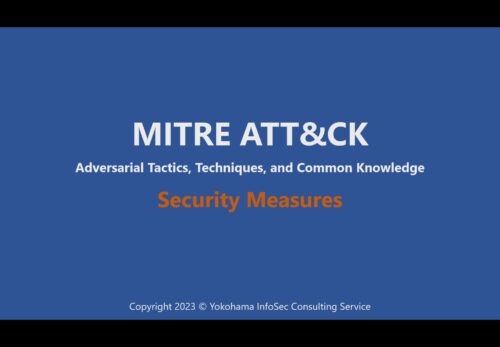「これからは城の全ての部屋にドアを作り、鍵をかけ、どんな人がノックしても、顔を見て、開けるかどうかリストを見て毎回考えます」
「城に入るときに厳重なチェックをしていますよね、一度入った人は信用していいのではないのですか?」
「チェックは完全ではないし、どこかに抜け穴があるかもしれません。誰かが手引きをして招き入れることもあります」
「厳しすぎませんか?」
「トロイの木馬の伝説をしらないんですか?一度、侵入されると取り返しのつかないことになります。最近の悪党は、知らない間に城と外部にトンネルを作ちゃうんですよ。何でもされてしまいます」」
「それで、侵入されても、宝が守られるようにするのですね」
「そうです、全ての人を常態的に信用することはしません。でも、その部屋に入れる人を最低限にしたうえで、認められた人だけを入れるようにします。但し、中に入れても何でもできるわけではありません」
Zero Trust Basics
ゼロトラストの概念となります。
Zero trust is a cybersecurity paradigm focused on resource protection and the premise that trust
is never granted implicitly but must be continually evaluated. Zero trust architecture is an end-to-end approach to enterprise resource and data security that encompasses identity (person and nonperson entities), credentials, access management, operations, endpoints, hosting environments,and the interconnecting infrastructure. The initial focus should be on restricting resources to those with a need to access and grant only the minimum privileges (e.g., read, write, delete)needed to perform the mission.
The Trusted Internet Connections (TIC) and agency perimeter firewalls provide strong internet gateways. This helps block attackers from the internet, but the TICs and perimeter firewalls are less useful for detecting and blocking attacks from inside the network and cannot protect subjects outside of the enterprise perimeter (e.g., remote workers, cloud-based services, edge devices,
etc.)NIST Special Publication 800-207 (2 Zero Trust Basics)
https://nvlpubs.nist.gov/nistpubs/SpecialPublications/NIST.SP.800-207.pdf
ゼロトラストとは資産保護に重点を置いたサイバーセキュリティの考え方で、一回一回のアクセスを決して暗黙的に信用せず毎回確認します。ゼロトラストの仕組みは、誰から、どの資産へのアクセスかを、何から何処へのアクセスかを、常に監視します。資産とは人、物から認証情報、インターネット環境など企業が利用しているもの全てが対象となります。最初は、資産のアクセスできる人に制限をかけ、さらに最低限の権限しか与えないことから始めます。
従来のTICも境界型ファイヤーウオールもインターネットからの強力な防御壁となっていて、
外部からの防御には優れていましたが、内部の監視や、内部に入られた敵からの防御は十分ではありませんでした。しかも、外部に展開されている、リモート業務用のPC等は守れません。
Tenets of Zero Trust
ZERO TRUSTのリソースに対しての考え方は以下となります。
- All data sources and computing services are considered resources.
- All communication is secured regardless of network location.
- Access to individual enterprise resources is granted on a per-session basis.
- Access to resources is determined by dynamic policy—including the observable state of client identity, application/service, and the requesting asset—and may include other behavioral and environmental attributes.
- The enterprise monitors and measures the integrity and security posture of all owned and associated assets.
- All resource authentication and authorization are dynamic and strictly enforced before access is allowed.
- The enterprise collects as much information as possible about the current state of assets, network infrastructure and communications and uses it to improve its security posture.
NIST Special Publication 800-207 (2.1 Tenets of Zero Trust)
https://nvlpubs.nist.gov/nistpubs/SpecialPublications/NIST.SP.800-207.pdf
- すべてをリソース対象とみなします。
- すべての通信を保護します。
- セッションは一回毎に認証します。
- リソースへのアクセスは常に動的に管理されたポリシーに従って許可されます。
- 全てのリソースの一貫性と機密性を監視し測定します。
- 全てのリソースへの認証と認可は毎回厳格に行われます。
- 企業はできるかぎり、リソースの状態を収集し、それをセキュリティの改善のために使用します。
A Zero Trust View of a Network
ZERO TRUSTのネットワークに対しての見方は以下となります。
- The entire enterprise private network is not considered an implicit trust zone.
- Devices on the network may not be owned or configurable by the enterprise.
- No resource is inherently trusted.
- Not all enterprise resources are on enterprise-owned infrastructure.
- Remote enterprise subjects and assets cannot fully trust their local network connection.
- Assets and workflows moving between enterprise and nonenterprise infrastructure should have a consistent security policy and posture.
NIST Special Publication 800-207 (2.2 A Zero Trust View of a Network)
https://nvlpubs.nist.gov/nistpubs/SpecialPublications/NIST.SP.800-207.pdf
1. 内部ネットワークを信頼された領域とは見なしません。
2. ネットワーク上の機器は全てが企業によって所有されているわけではありません。
3. 信頼されたリソースは存在しない。
4. 全てのリソースが企業のインフラの中に存在しているわけではありません。
5. リモート上のリソースの通信を暗黙的に信用しません。
6. リソースが企業から他に移動するときでも一貫したセキュリティ政策や体制が維持されるべきです。





